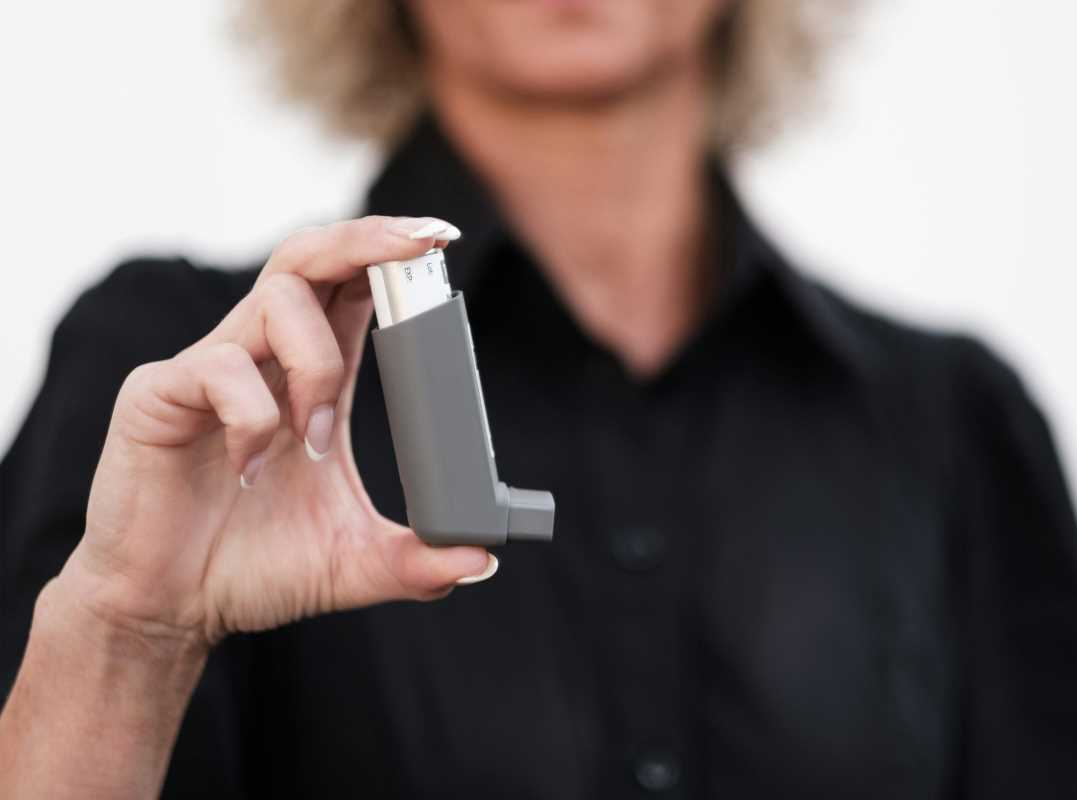Living at high altitudes, which means any elevation 8,000 feet or more above sea level, offers stunning views and cooler climates but comes with unique challenges for the human body. These areas have thinner air, meaning that each breath contains less oxygen than at lower elevations. While most healthy people can adjust to such conditions, it can create complications for individuals with respiratory. Learning how high altitudes affect breathing and what can be done to live in such environments brings important insights into the connection between our lungs and the places we call home. This article explores how high-altitude living impacts respiratory health, as well as how people adapt and thrive while managing challenges.
How High Altitudes Affect Breathing
The biggest difference in high-altitude air is the reduced oxygen. At lower elevations, the air is dense, allowing your body to get plenty of oxygen with each breath. However, as you climb higher, the air pressure decreases, spreading out those oxygen molecules. This means less oxygen enters your lungs. For many, this results in shortness of breath, headaches, or fatigue, which are common symptoms of altitude sickness.
Over time, the body begins to adapt to compensate for the reduced oxygen. It does this through a process called acclimatization, which involves producing more red blood cells to carry oxygen throughout the body more efficiently. Acclimatization is usually enough to help healthy people adjust, but for those with existing respiratory conditions, the situation is more complex.
Asthma and High-Altitude Living
Asthma is a condition in which the airways in the lungs become inflamed and narrow, making breathing more difficult. High-altitude living can benefit some people with asthma because there are fewer allergens like pollen and pollutants in the cleaner, thinner air. Someone whose asthma is primarily triggered by allergens may find relief in a high-altitude environment.
On the other hand, the cold, dry air common in mountain climates can irritate the airways, worsening asthma symptoms. This is especially true during physical activities like hiking when the lungs have to work harder to bring in oxygen. To manage asthma in high altitudes, staying hydrated is essential, as it helps keep the airways moist. Using a humidifier at home and carrying an inhaler at all times can also be lifesaving for those living in or visiting high places.
COPD and High Elevations
Chronic obstructive pulmonary disease (COPD) is another condition that can be significantly affected by high-altitude living. COPD includes illnesses like emphysema and chronic bronchitis that make it harder for the lungs to absorb oxygen. Since the air at higher elevations already contains less oxygen, people with COPD may feel breathless even during light activities. This means their lungs have to work even harder, causing more strain on the body.
Those with severe COPD may require supplemental oxygen when visiting or living at high altitudes. Regular check-ups with a healthcare provider, along with using pulse oximeters to monitor blood oxygen levels, can make it easier to manage the condition and prevent severe symptoms.
Sleep Apnea at High Altitudes
Another respiratory issue that can worsen at higher elevations is sleep apnea. This condition causes people to stop breathing for short periods during sleep, lowering oxygen levels in their blood. At higher altitudes, the thinner air and reduced oxygen levels can make apnea episodes more frequent, leading to poor-quality sleep and fatigue. People who already manage sleep apnea may need to adjust their CPAP (continuous positive airway pressure) machines for use at high altitudes to stabilize their breathing.
Tips for Managing Respiratory Conditions at High Altitudes
For people with respiratory conditions, preparing for high-altitude living starts with a visit to the doctor. A healthcare provider can assess lung function and recommend tools like supplemental oxygen or medications. Gradual acclimatization is essential, especially when moving to a high-altitude area or planning a trip. Ascending slowly gives the body time to adjust to the thinner air without overwhelming the lungs.
Staying hydrated and avoiding activities that strain the lungs in the first few days are important. Those with conditions like asthma or COPD should also avoid cold, dry air whenever possible or wear a scarf or mask to retain moisture in the airways. Monitoring oxygen levels with portable devices can provide early warnings about worsening symptoms.
 (Image via
(Image via





